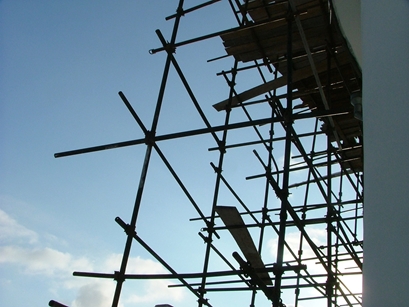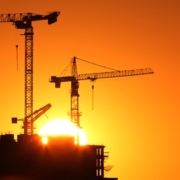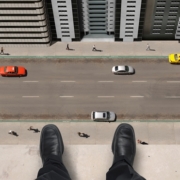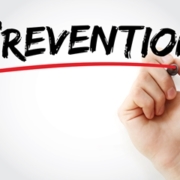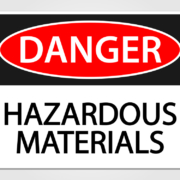Scaffolding is a tool that allows us to work effectively and safely from heights when it is used correctly. Below are some tips on how to stay safe while working on or around scaffolds.
When using scaffolds, if employee is higher than 10 feet above the walking/working surface, they must be protected from falling by using a personal fall arrest system or guardrails. Fall protection is not required by OSHA until the 10-foot mark with scaffolding only. This is an exception to the traditional 6-foot rule for fall protection in construction. Scaffolding has been gaining popularity as many believe they are safer than ladders. They create a large, even workspace for employees to effectively access their working areas. Scaffolds must be erected on a flat, level surface. Scaffolds must be supported on mud sills and base plates. Using other methods to balance or to make a scaffold level is out of compliance and is putting those people at risk.
A qualified person is required to design and load scaffolds in accordance to the design. A qualified person is somebody with a certification or experience that has a good understanding of how scaffolds work and how to complete the job safely. A competent person may conduct training, daily inspections of the scaffold for defects, and ensure the safety of people using the scaffolding. OSHA defines a competent person as somebody with the ability to recognize and identify hazards and has the authority to take corrective measures.
Scaffolds sometimes require support such as guying, tying, and bracing. This is required when a height to base width ratio is greater than 4:1. Employees are required to wear hardhats on scaffolding to protect them from dropped items. Toe boards are required when above 10 feet from the lowest level. These are great for containing items and tools on the scaffold. Each platform on scaffolds must be fully decked, and any remaining opening space between the platform and the uprights shall be no greater than 9.5 inches
Scaffolds can be dangerous if improperly erected and neglected. Training and awareness will protect workers from falls and accidental drops of items or falling objects.
What types of scaffolds do you use? Have you ever witnessed a scaffolding accident? If so, what happened?
Click here to download our free safety meeting on scaffolding safety.
By: Paul Taulbee

